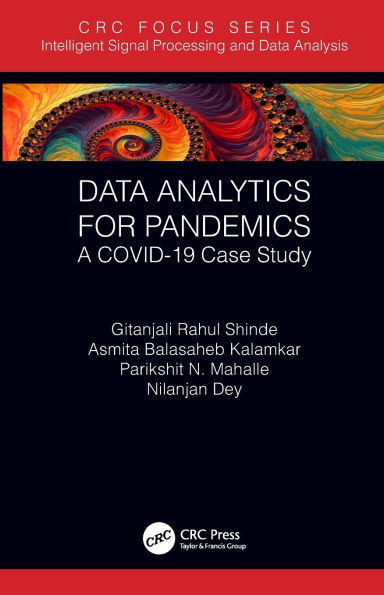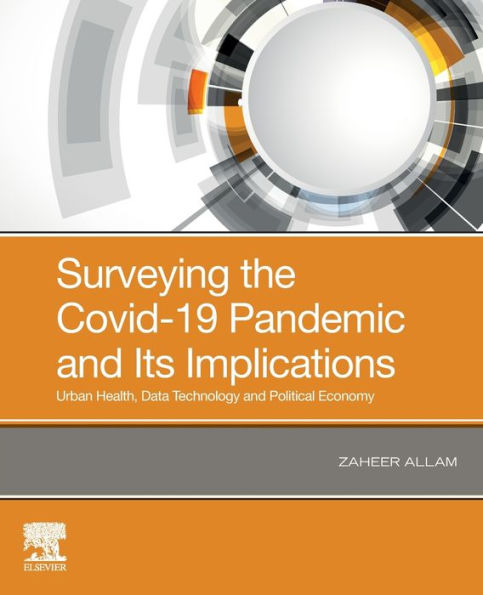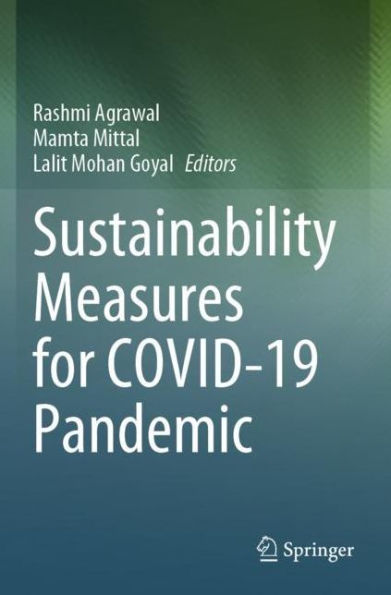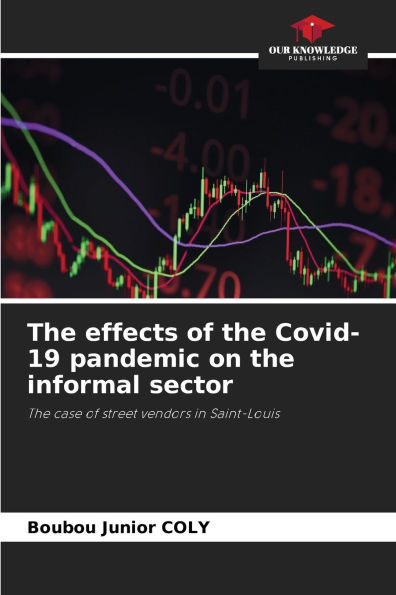Home
Data Analytics for Pandemics: A COVID-19 Case Study
Loading Inventory...
Barnes and Noble
Data Analytics for Pandemics: A COVID-19 Case Study
Current price: $71.99


Barnes and Noble
Data Analytics for Pandemics: A COVID-19 Case Study
Current price: $71.99
Loading Inventory...
Size: Hardcover
*Product Information may vary - to confirm product availability, pricing, and additional information please contact Barnes and Noble
Epidemic trend analysis, timeline progression, prediction, and recommendation are critical for initiating effective public health control strategies, and AI and data analytics play an important role in epidemiology, diagnostic, and clinical fronts. The focus of this book is data analytics for COVID-19, which includes an overview of COVID-19 in terms of epidemic/pandemic, data processing and knowledge extraction. Data sources, storage and platforms are discussed along with discussions on data models, their performance, different big data techniques, tools and technologies. This book also addresses the challenges in applying analytics to pandemic scenarios, case studies and control strategies. Aimed at Data Analysts, Epidemiologists and associated researchers, this book:
discusses challenges of AI model for big data analytics in pandemic scenarios;
explains how different big data analytics techniques can be implemented;
provides a set of recommendations to minimize infection rate of COVID-19;
summarizes various techniques of data processing and knowledge extraction;
enables users to understand big data analytics techniques required for prediction purposes.
discusses challenges of AI model for big data analytics in pandemic scenarios;
explains how different big data analytics techniques can be implemented;
provides a set of recommendations to minimize infection rate of COVID-19;
summarizes various techniques of data processing and knowledge extraction;
enables users to understand big data analytics techniques required for prediction purposes.

















